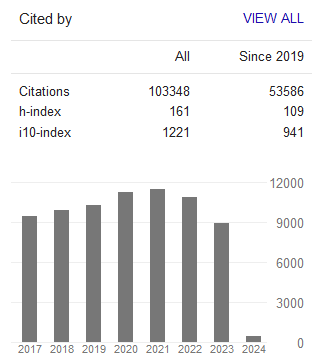The Evolution of Theories of MNEs: Minimizing the Liability of Foreignness through Globally Intelligent Subunits
- Zainap Binti Abdullah
Abstract
This paper reviews the typology of the evolution of theories of multinational enterprises (MNEs) within the past century. Looking back at historical events and the development of theories of multinational enterprises (MNEs), we see that wartime economies contributed significantly to economic and social distress. Postwar devastation brought about technological setbacks. This paper observes the importance of technology and knowledge as the fundamental elements that revived the world’s economic state and firms’ competitive advantage. Through the acquisition and integration of technology and knowledge, the infrastructure for foreign direct investments created economic stabilization and reduced technological stagnation. This paper provides a conceptual framework that suggests that in order for MNEs to sustain profitability and competitive advantage and to survive, they must capitalize on foreign investments abroad. However, investing in an overseas market creates unfamiliarity that can be costly. This is known as the “liability of foreignness.” Therefore, this paper provides six criteria for MNEs to consider in minimizing the liability of foreignness. It also introduces the concept of “global intelligence,” defined as creating foreign subunits that are dynamically capable of intellectual understanding of the global economic, political, and cultural requirements of a foreign market. These requirements may include sensing, seizing, and transforming information in order to be aware of a country’s policies, trade regulations, and language, as well as geographic and resource acuity. Finally, the paper suggests that the combination of these six criteria and “global intelligence” may drive MNEs’ performance by overcoming the costs of doing business abroad, creating “globally intelligent subunits” within the home country and exporting them to a host-country market.
- Full Text:
 PDF
PDF
- DOI:10.5539/ijbm.v11n7p95
Journal Metrics
Google-based Impact Factor (2023): 0.86
h-index(2023): 152
i10-index(2023): 1168

Index
- Academic Journals Database
- AIDEA list (Italian Academy of Business Administration)
- ANVUR (Italian National Agency for the Evaluation of Universities and Research Institutes)
- Berkeley Library
- CNKI Scholar
- COPAC
- EBSCOhost
- Electronic Journals Library
- Elektronische Zeitschriftenbibliothek (EZB)
- EuroPub Database
- Excellence in Research for Australia (ERA)
- Genamics JournalSeek
- GETIT@YALE (Yale University Library)
- IBZ Online
- JournalTOCs
- Library and Archives Canada
- LOCKSS
- MIAR
- National Library of Australia
- Norwegian Centre for Research Data (NSD)
- PKP Open Archives Harvester
- Publons
- Qualis/CAPES
- RePEc
- ROAD
- Scilit
- SHERPA/RoMEO
- Standard Periodical Directory
- Universe Digital Library
- UoS Library
- WorldCat
- ZBW-German National Library of Economics
Contact
- Stephen LeeEditorial Assistant
- ijbm@ccsenet.org
